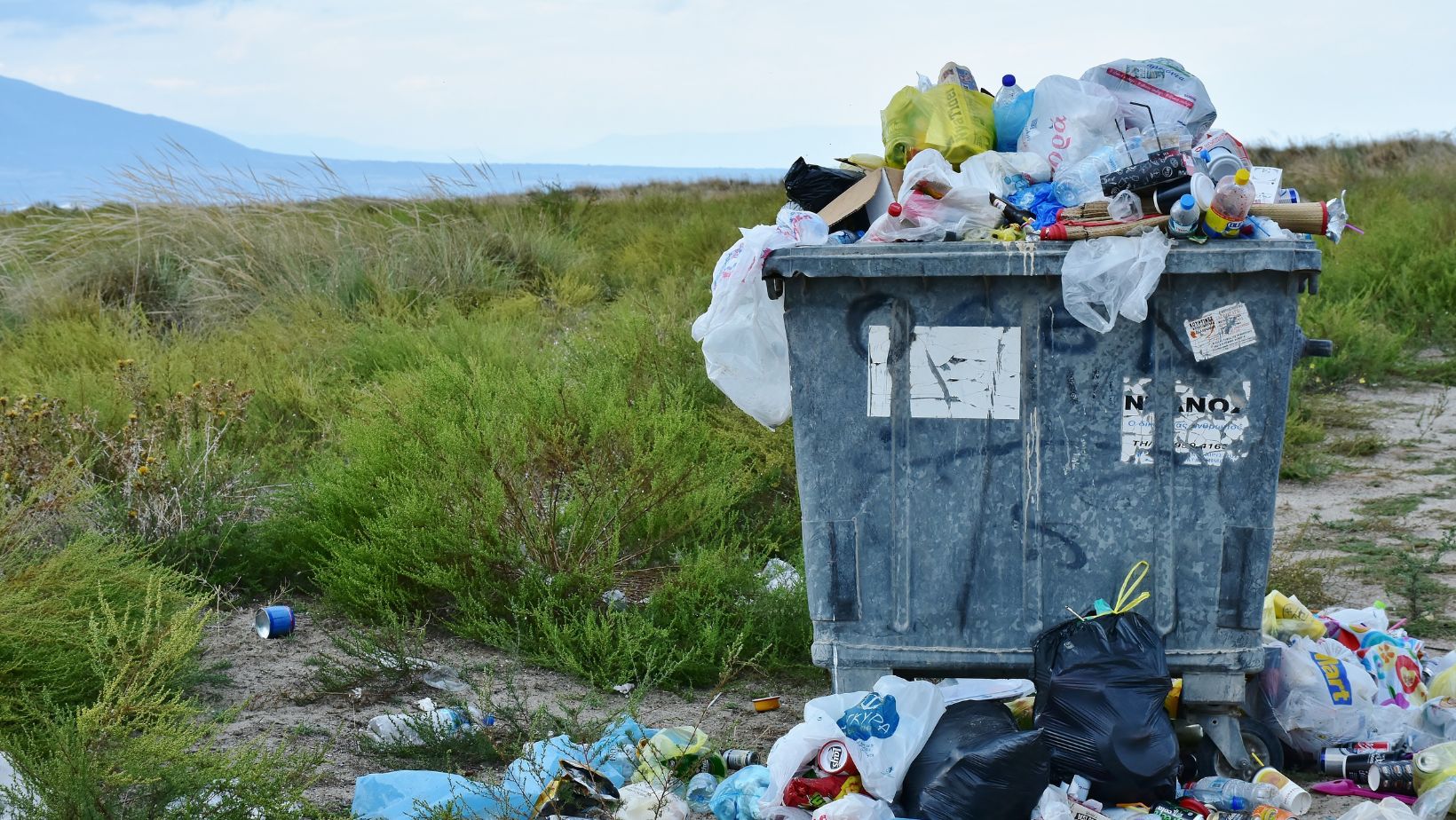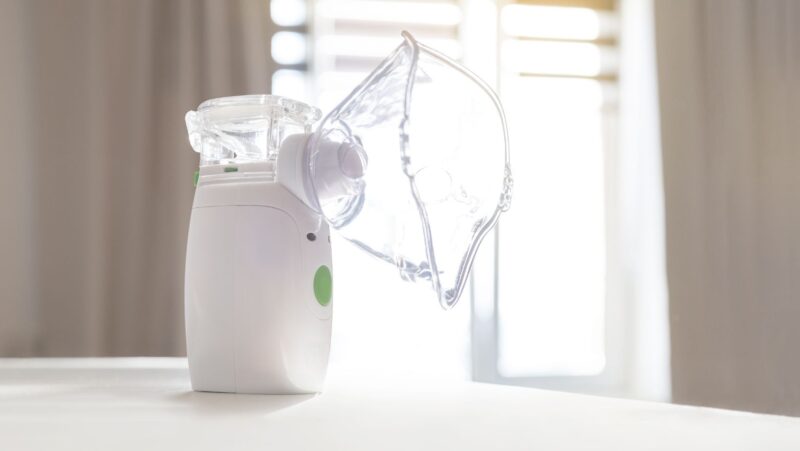
A Fresh Take on Segregation and Safety
We’ve seen simple sorting mistakes turn routine tasks into hazards, so we focus on practical fixes that staff can keep up with. Here we look at clear steps, easy signals, and habits that stop contamination before it starts. We pull lessons from floor work and brief audits, not long theory. One piece we sometimes reference is the aquamantys, mentioned only to show options in clinical flows. You might be wondering which change gives the fastest return. Short labels, reachable sharps boxes, and one-minute drills usually win. We prefer quick wins that build trust and cut errors. Our guidance is hands-on, low-cost, and easy to test. Read on for simple steps you can try this week. Start with a ten-minute drill and measure the result. Try it and share what you learn. We’ll help you tune the steps, keep staff engaged, and track small wins that add up quickly today.
How Segregation Reduces Contamination
Segregation stops contamination at the source and makes work safer for you. When waste is sorted correctly, infectious material does not mix with general trash. That lowers the chance of exposures during handling and transit. Clear bins and color codes reduce confusion and speed correct disposal. When you separate sharps, infectious waste, and recyclable items, you cut the risk of cross-contact. Segregation also minimizes the time cleaners and waste teams spend fixing mix-ups. You might be wondering how strict labels help in a busy shift. Labels act like quick rules, so staff make the right choice fast. Short drills reduce hesitation and make sorting second nature. Over time, you will see fewer incidents and clearer audit trails. This saves time and reduces stress for every shift.
- Use clear color-coded bins at the point of care.
- Label bins with one-line instructions.
- Keep sharps containers within arm’s reach.
- Run one-minute sorting drills each shift.
Simple Protocols That Staff Will Follow
Set simple protocols that staff can follow even when you are busy. Protocol means a short list of steps, not a long manual. Put the steps where people work so they don’t have to look them up. Test the protocol on one shift, then refine before expanding. Make rules plain: what goes in which bin, how to handle full containers. Use lightweight decision trees so staff can decide quickly and correctly. Include who to call if there is uncertainty or a spill. You can reduce errors by making the right choice obvious. Ask staff to demo the protocol and give feedback.
Adjust the protocol when waste types or supplies change. Short, visual aids keep protocols in use and not forgotten. Good protocols reduce waste that needs special handling and lower disposal costs.
- Write one-page, step-by-step guides.
- Pilot protocols on a single shift.
- Post visual guides near bins.
- Design easy spill steps and contacts.
Training And Culture for Better Segregation
Training builds confidence, so your team will follow segregation rules. Short, frequent sessions beat long yearly classes. Hands-on drills stick better than slides. Make new hire training practical and brief so it is retained. Let experienced staff coach rookies during shifts. Use quick checklists and role-play to build muscle memory. You might be thinking this takes time; it does, but it saves more time later—measure who completed training and who needs refreshers. Offer small recognition when behavior improves to keep morale up. Rotate responsibilities so that many people know the steps. When staff own the process, they keep standards higher. Keep training tied to real tasks and daily routines.
- Run 10-minute drills weekly.
- Use peer coaches on shifts.
- Keep a short training log.
- Recognize small wins publicly.
Conclusion And Call to Action
We care about safe, practical segregation that your team can keep up with. We will help you pick one small change and test it fast. Start with labels, one drill, and a short audit to see the impact. Small wins build trust and make staff feel safer. Take action this week and gather quick data to show success. If you want a short checklist or a pilot plan, we can help create one that fits your team. Begin with a single drill, track the outcome, and tweak what you learn. Reach out, and we’ll plan the next small step with you right now.













